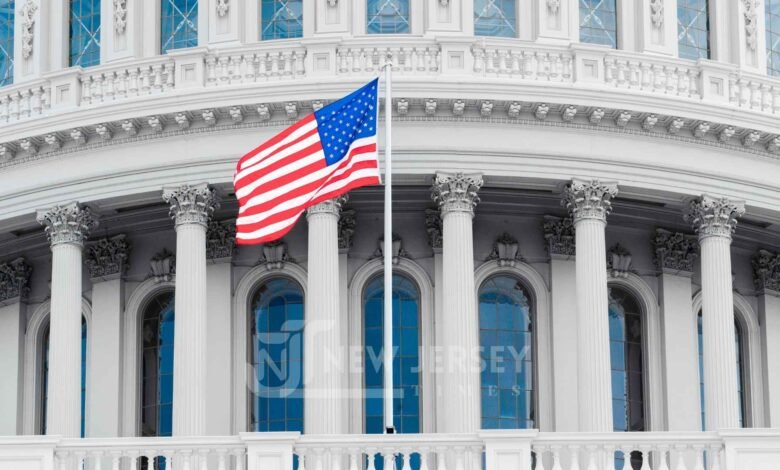
Table of Contents
Washington, July 3 EST: The U.S. labor market delivered 147,000 new jobs in June, and the unemployment rate dipped to 4.1%. Good headline, but it doesn’t hold up under the hood. Strip out public-sector hiring, and what’s left is a private sector that’s barely adding jobs and showing signs it’s already pumping the brakes.
State and local governments accounted for more than half of June’s gains — much of it seasonal education payrolls. Private companies added just 74,000 jobs, the weakest showing since last fall, according to MarketWatch. That’s not a signal of strength. That’s a signal of caution.
Private Firms Are Tapping the Brakes
Participation in the workforce dropped again, down to 62.3%, the lowest since late 2022. It’s not just retirements — the drop tracks closely with reduced immigration and a smaller pool of foreign-born workers, as Reuters has noted. That squeeze is making it harder for employers to hire — and for the Fed to get clean reads on where wage pressure is actually coming from.
Meanwhile, hiring managers are slowing down. The ISM services employment index clocked in at 47.2, signaling contraction. That’s the third time in six months it’s slipped below 50. In real terms, that means businesses are keeping headcounts flat or trimming, not expanding.
Hours Worked Are Falling. So Is Confidence.
Another red flag: average weekly hours declined — a quiet but telling metric. Employers might not be laying people off yet, but they’re cutting shifts, overtime, and non-essential labor. That’s often the first move before job cuts.
And more workers are walking away. The number of discouraged workers rose by over 250,000, and long-term unemployment — joblessness lasting 27 weeks or more — climbed by 190,000. That’s not noise. That’s a signal the labor market’s tightening from the bottom.
Trade Policy Is Freezing Hiring
The other big issue on the board? Tariff uncertainty. The expiration of the temporary U.S.–China tariff pause has companies running new cost models. The result: more cautious forecasts, fewer hiring plans, and delayed investments.
You can see it in how concentrated the job growth is — almost all of it is coming from public spending or sectors insulated from international trade. If you’re running a global supply chain or export-heavy business, this is not the moment to take on new labor cost.
The Fed Can Wait — And Probably Will
Put all of that together, and it’s clear why the Federal Reserve isn’t about to pivot. Yes, wages are cooling. But no, the private sector isn’t collapsing. Markets now see just two cuts in 2025, and not before September.
The Fed can afford to wait — and will want deeper confirmation that wage softening isn’t just a function of weaker demand.
This isn’t a labor recession. But it is a shift — from a hiring economy to a holding pattern. Companies aren’t slashing jobs, but they’re not planning around growth either.
And that’s probably what worries policymakers more than any single number on the chart.
New Jersey Times Is Your Source: The Latest In Politics, Entertainment, Business, Breaking News, And Other News. Please Follow Us On Facebook, Instagram, And Twitter To Receive Instantaneous Updates. Also Do Checkout Our Telegram Channel @Njtdotcom For Latest Updates.





